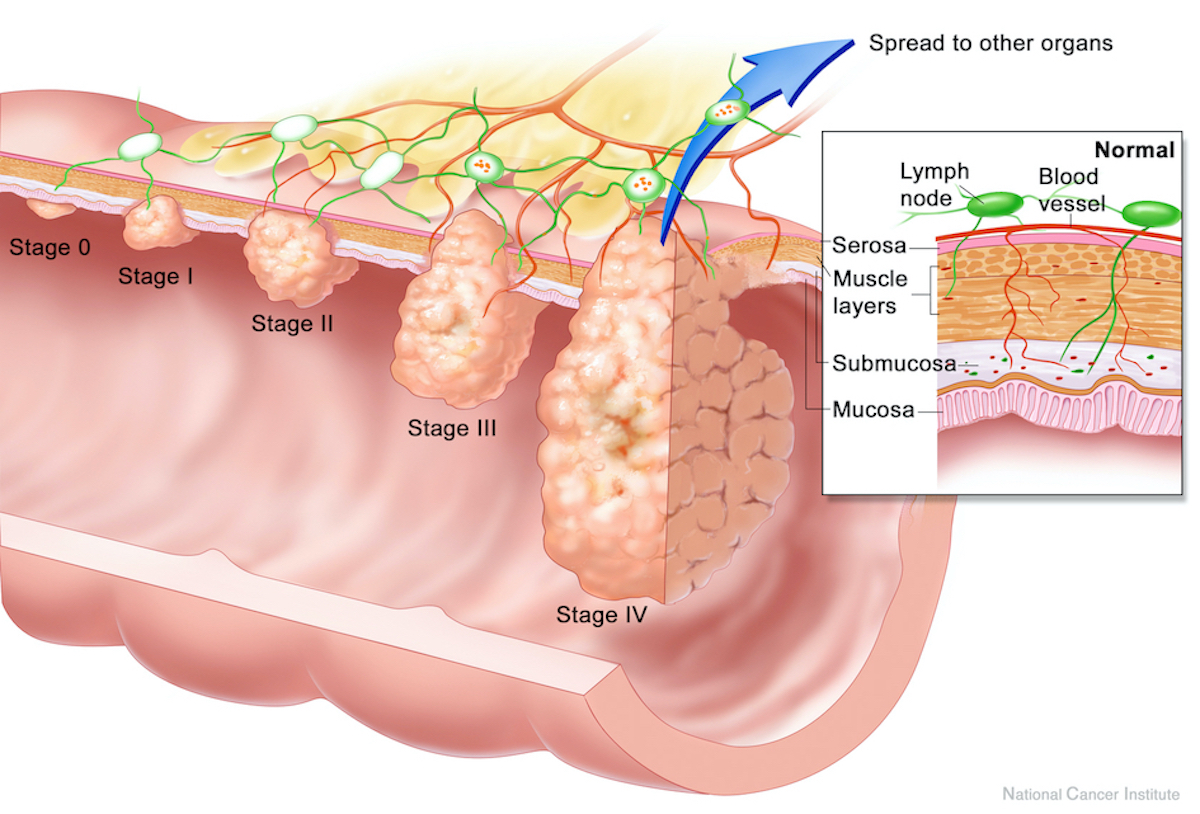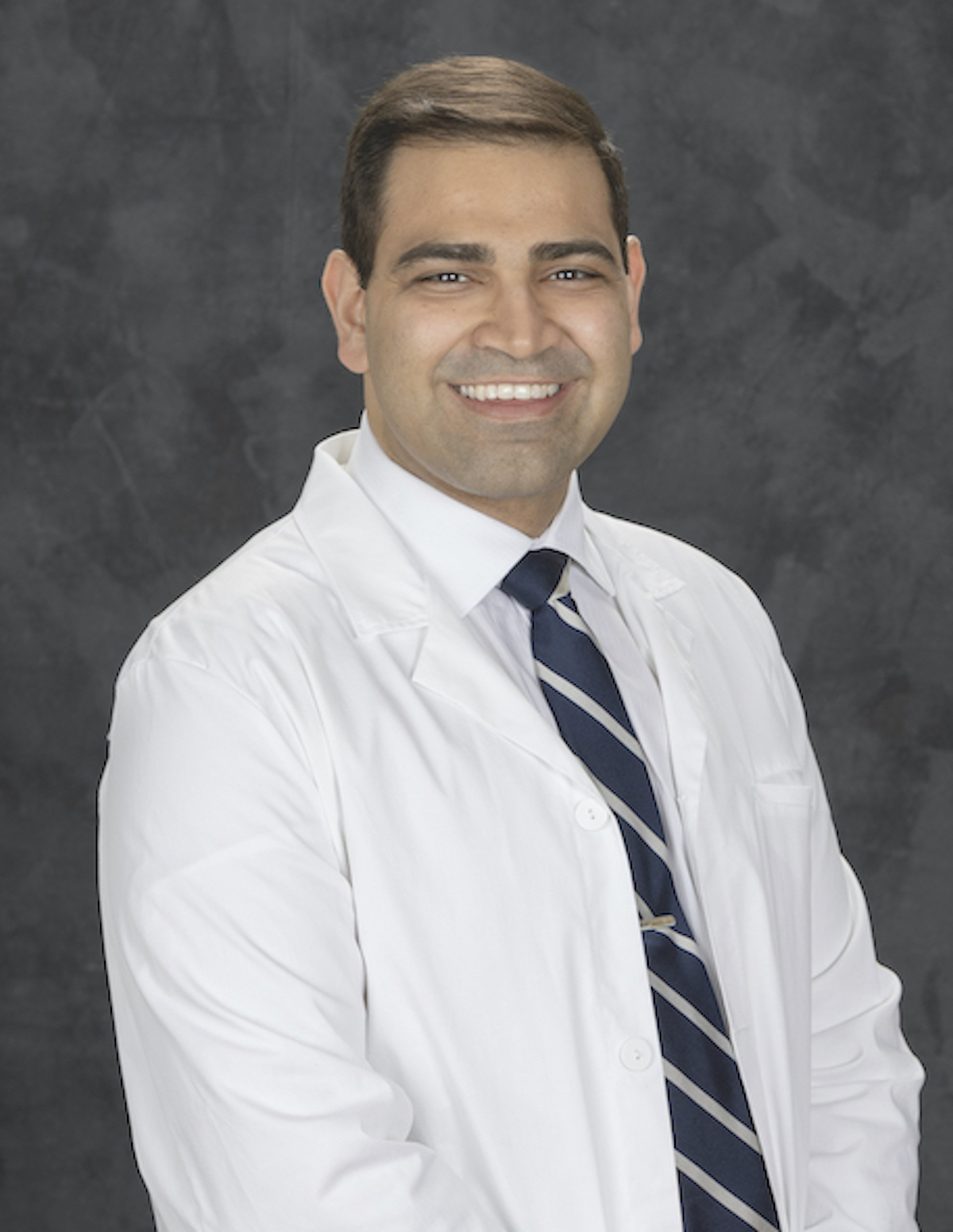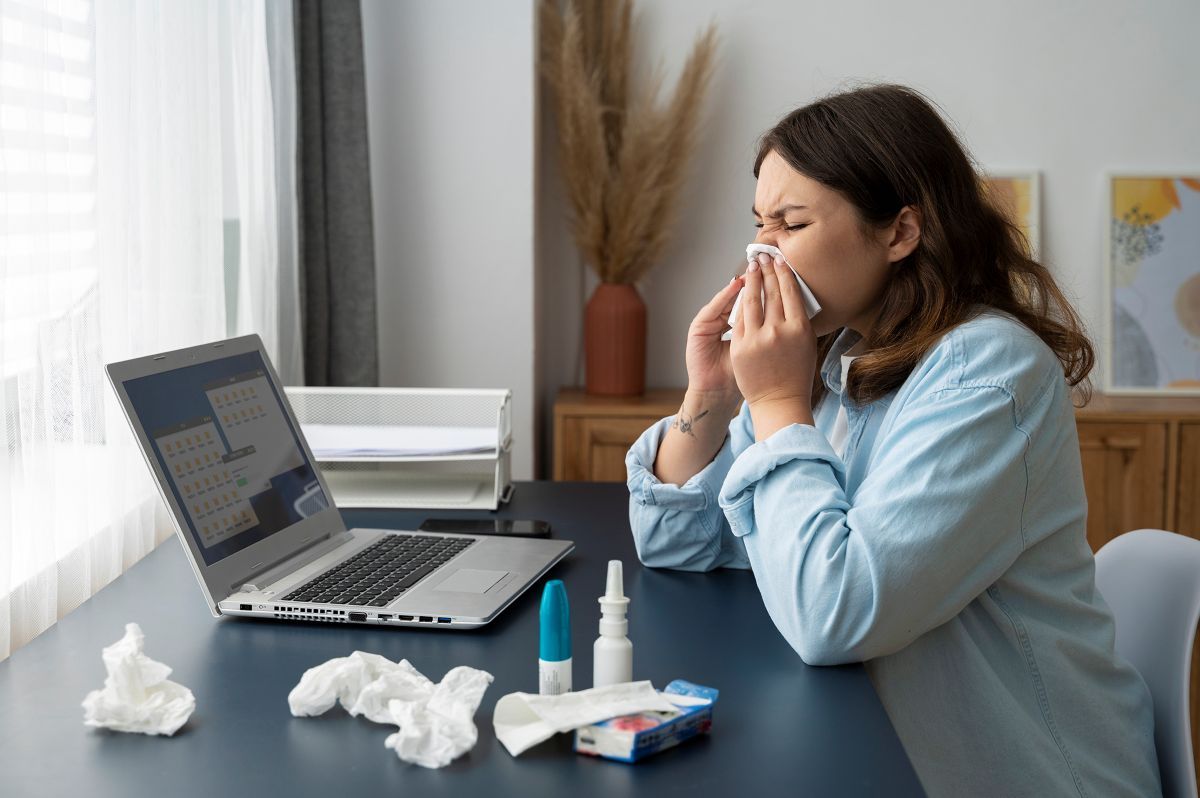
Colonoscopies and sigmoidoscopies are types of endoscopies, procedures that look at the health of your large intestine
Colorectal cancer (colon cancer) is the third leading cause of cancer-related deaths in the United States each year. And while it might not always get as much press as some other cancers, that’s certainly alarming when you consider that many of us are faced with common issues involving our digestive tracts on a regular basis.
“The problem is in many cases, the symptoms that may be present with colon cancer are oftentimes ones we don’t routinely talk about like belly pain, rectal bleeding and constipation because they often indicate that nothing is wrong,” says colorectal surgeon Scott Steele, MD. “It’s sometimes hard to differentiate when it’s worrisome and when it’s just normal.”
That makes consistent cancer screenings and endoscopic tools invaluable when trying to identify tumors and lesions while they’re still precancerous or during their earliest stages of growth. But what tests are needed, how are they conducted, and what’s the difference between an endoscopy, colonoscopy and sigmoidoscopy? Does everyone need one? Or only those who are at highest risk for colon cancer?
Dr. Steele answers some of these burning questions about differences between endoscopy, colonoscopy and sigmoidoscopy
Endoscopy
During an endoscopy, a healthcare provider uses a long, thin tube called an endoscope. The end of this tube contains a small light and a camera that captures images and videos of the inside of your organs and other body parts. These procedures typically require some form of sedation or anesthesia so that it’s a pain-free experience. Most of these procedures allow you to go home within a couple of hours, though sometimes, you may need an overnight stay in the hospital depending on the procedure itself.
Depending on what your doctors are looking at, endoscopes can be inserted into any of your orifices. During an upper endoscopy, for example, the endoscope is used to view the upper half of your digestive tract. It’s inserted into your mouth to view your esophagus, your stomach and duodenum (the upper part of your small intestine).
A colonoscopy takes place on the opposite end of your body and describes a procedure when an endoscope is inserted into your anus to view the lower half of your digestive tract.
And the thing that makes a sigmoidoscopy different is that it’s an even shorter version of a colonoscopy procedure. A sigmoidoscopy looks at just the lower third of your large intestine (your colon) and sometimes, even stops at just your rectum.
“The way I would think about is that we’re one long garden hose from our mouths to our bottom,” explains Dr. Steele. “Different parts of the GI tract have different functions and different anatomy, but we can use these endoscopes at either end to look at what’s happening.”
These endoscopes often contain channels through which a healthcare provider can feed other instruments to help surgically remove tissues or tumors or perform surgeries during an exam. In this way, endoscopies serve two purposes:
– They’re used as screening exams to catch problems early and often.
– They also offer an opportunity to address problem areas as they’re spotted in real time.
Colonoscopy
A colonoscopy is an internal examination of your entire large intestine—including your anus, rectum and colon. Some of the elements doctors look for during a colonoscopy include:
• Colon cancer.
• Hemorrhoids.
• Inflammatory bowel disease (IBD) like Crohn’s disease and ulcerative colitis.
• Diverticulum (small pockets inside the lining of your colon) and other structural changes to your intestinal lining.
“It’s not only diagnostic for many people, but it also has the ability to be therapeutic,” says Dr. Steele. “If we see a polyp, it can be removed. If we see something abnormal, we can do a biopsy and get a diagnosis by taking a piece of tissue from the lining of the colon. If there’s a narrowing of the colon, we can work through the scope and actually dilate that narrowing.”
Who needs a colonoscopy? The American Cancer Society recommends that everyone, at minimum, should begin screening for colon cancer at age 45. Then, re-test every 10 years as long as their exam results are negative, they continue to show no signs of cancer and they continue to experience no symptoms or an increased risk for colon cancer.
Your risk for colon cancer does increase as you age. But other things can also increase your risk for colon cancer, including:
• Having a family history of colon cancer, especially a first-degree relative or multiple second-degree relatives (like uncles or grandparents) who’ve received a diagnosis of colon cancer.
• Genetic or hereditary conditions like familial adenomatous polyposis (FAP) or Lynch syndrome.
• Having chronic IBD (irritable bowel disease).
If you’re considered high risk for colon cancer, you may want to talk to a healthcare provider about getting a colonoscopy earlier on. You may also want to consider getting a colonoscopy earlier than 45 if you experience symptoms like:
• Rectal bleeding.
• Changes in the shape or caliber of your stools.
• Severe or new constipation.
• Severe and new weight loss.
• Unexplained abdominal pain.
How to prepare for a colonoscopy: Before your colonoscopy, your healthcare provider will give you detailed instructions on how to prepare your bowels (the day before) for the procedure. If you think about it, you need to make sure the doctor has a clean path through your large intestine so they can see everything clearly.
Sigmoidoscopy
A sigmoidoscopy can only get so far into your large intestine so is less invasive than a colonoscopy because rather than winding its way through your entire large intestine, it only covers the lower third of your large intestine. This exam focuses mostly on your descending colon (which is located on your left side), your rectum and your anus. To get a full picture of what’s going on, a sigmoidoscopy is often not enough when it comes to screening for early signs of cancer.
“In terms of colorectal cancer screening, a sigmoidoscopy would need to be followed up with a full colonoscopy to make sure we’re able to evaluate the entire colon,” states Dr. Steele.
Who needs a sigmoidoscopy? Your healthcare provider may order a sigmoidoscopy if you
• Experience rectal bleeding.
• Previously had polyps, tumors or tissues removed from the left side of your colon, rectum or anus.
• Have hemorrhoids.
• Have certain health factors that make sedation, anesthesia or colonoscopies difficult.
How to prepare for a sigmoidoscopy: In general, a sigmoidoscopy requires the same level of preparation as a colonoscopy. In most cases, sedation and anesthesia aren’t needed during a sigmoidoscopy, but you can discuss this with your healthcare provider and any other concerns or questions you have regarding how the procedure will go.
And here is—yes—The bottom line
Endoscopies are designed to be diagnostic and therapeutic, regardless of the type you have. If you’re concerned about your colon health, if you’ve never had a colonoscopy or if you experience any symptoms that are making you uncomfortable with what might be happening in your gut, talk to a healthcare provider today about if it’s time for an endoscopic exam.
“The unique thing about endoscopies is that they can detect tumors when someone is asymptomatic and they’re just at their infancy, at the small polyp stage,” says Dr. Steele.
“Other cancers, like pancreatic cancer, are oftentimes diagnosed at a later stage. But an endoscopy has the ability to detect polyps, early-stage lesions and multiple polyps throughout the colon, or to even give people a peace-of-mind that they don’t have anything growing in their colon.”
Sources: https://www.cancer.gov/types/colorectal/screening-fact-sheet;
https://pubmed.ncbi.nlm.nih.gov/37193451/;
https://health.clevelandclinic.org/whats-the-difference-between-an-endoscopy-colonoscopy-and-sigmoidoscopy












